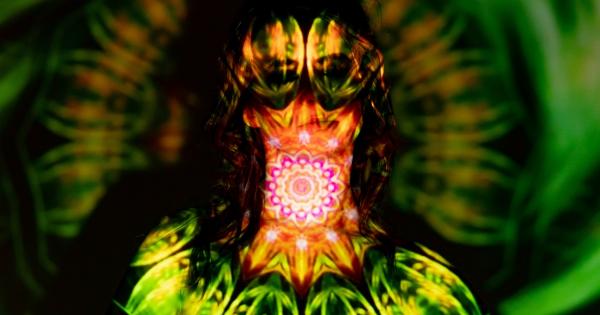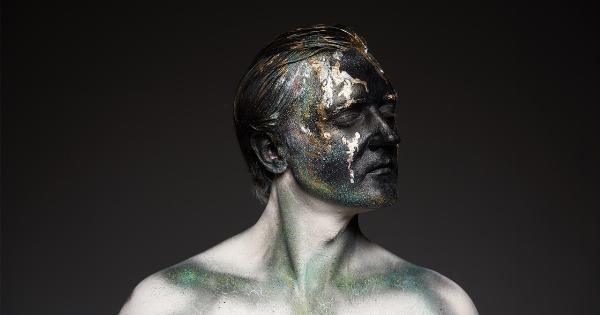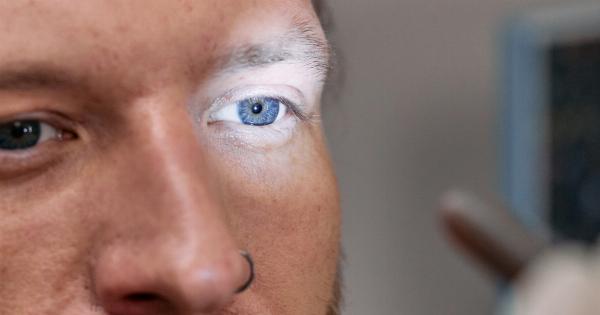It’s no secret that alcohol has been a part of human society for millennia, but the way in which we consume it has undergone significant changes.
From ancient civilizations brewing beer to modern-day craft breweries and trendy cocktail bars, alcohol consumption has seen a lot of evolution. And just as the consumption of alcohol has changed over time, so have the ways in which our bodies react to it. One of the most telling indicators of these changes is visible in our eyes.
The Science of Alcohol Metabolism
Before we dive into how the eyes reveal changes in alcohol trends, it’s important to understand the basics of how alcohol metabolizes in the body. When we drink alcohol, it is absorbed into the bloodstream and travels throughout the body.
As it reaches the liver, the enzymes in the liver begin to break down the alcohol and convert it into acetaldehyde, which is highly toxic. This acetaldehyde is then converted into harmless acetate, which can be used by the body for energy. The process of metabolizing alcohol can take between one and two hours for a standard drink.
The Bloodshot Eye Effect
One of the most common visible effects of alcohol consumption is bloodshot eyes. The reason for this is because alcohol causes blood vessels in the eyes to dilate, allowing more blood to flow through them.
This increased blood flow causes the eyes to appear reddened and bloodshot. This effect is more pronounced in people who drink heavily or have a low tolerance for alcohol.
Changes in Eye Movement
Another way in which the eyes can reveal changes in alcohol trends is through changes in eye movement. As alcohol is a central nervous system depressant, it can slow down the rate at which our eyes move.
This can impair our ability to perform tasks that require quick eye movements, such as tracking moving objects or reading quickly. Additionally, alcohol can also cause eye movements to become erratic, which can affect balance and coordination.
The Pupil Response Test
One of the more clinical ways in which the eyes can reveal changes in alcohol trends is through the pupil response test. This test is often administered by law enforcement officers to determine if a driver is under the influence of alcohol.
The test involves shining a flashlight into the driver’s eyes to see how quickly their pupils constrict. In a sober individual, the pupils will quickly constrict. However, in someone who is under the influence of alcohol, the pupils will react more slowly or may not react at all.
Changes in Eye Color
While less common, changes in eye color can also reveal changes in alcohol trends. Long-term alcohol use can cause a yellowing of the whites of the eyes, known as jaundice.
This occurs because the liver is not functioning properly and is unable to remove bilirubin, a waste product. Bilirubin then builds up in the blood and is deposited into the tissues, including the whites of the eyes.
The Importance of Monitoring Alcohol Trends
Now that we know how the eyes can reveal changes in alcohol trends, why is it important to monitor these changes? For one, understanding how alcohol consumption is evolving can help policymakers and public health officials develop targeted interventions to reduce harmful drinking habits. By analyzing data on alcohol-related admissions to emergency rooms, for example, public health officials can identify problem areas and target their messaging to those areas.
Additionally, monitoring trends in alcohol consumption can help identify emerging patterns of consumption, such as the rise of craft breweries or the growing popularity of high-end cocktail bars. This information can be helpful for businesses looking to capitalize on these trends.
Conclusion
While the eyes may be the window to the soul, they can also provide valuable insight into changes in alcohol trends.
Bloodshot eyes, changes in eye movement, the pupil response test, and changes in eye color are all ways in which the eyes can reveal the effects of alcohol on the body. By monitoring these changes over time, we can gain a better understanding of how alcohol consumption is evolving and develop targeted interventions to reduce harmful drinking habits.

























